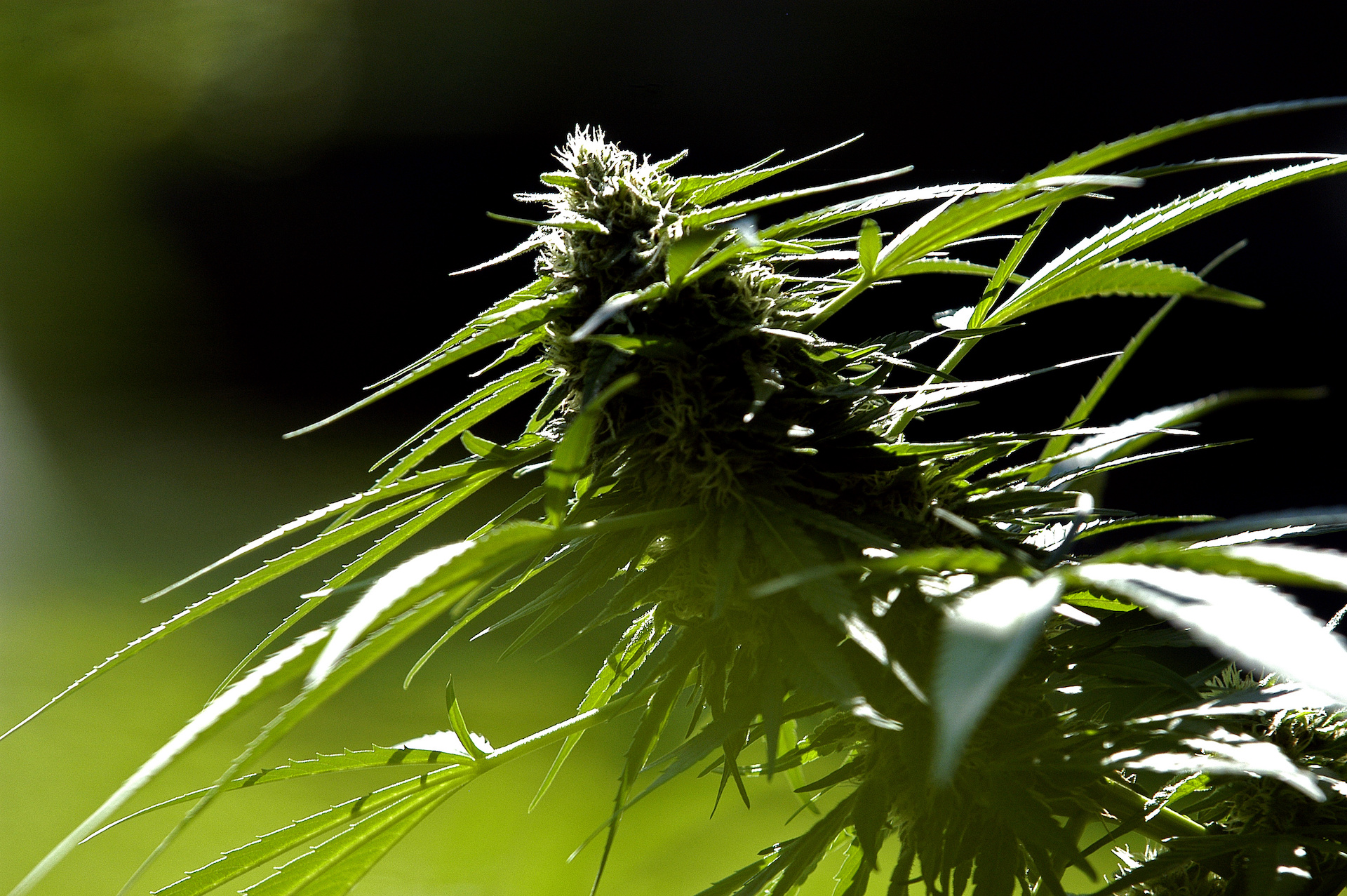
Growing cannabis re-roots the indigenous father and son
Like many of us at the start of the pandemic, Isadore Day, former Ontario regional chief and indigenous entrepreneur, wanted to do something with all his free time. In addition to co-founding Red Market Brands, which have just launched their first strains, Miigwetch and Chi Miigwetch, and running his consulting firm, Bimaadzwi, Day decided to do something he had never done before – grow cannabis at home.
Before building a backyard greenhouse with his eldest son Keegan, Day didn’t have much of a relationship with cannabis. In an interview with Leafly, Day shared that despite his work on the political side of cannabis, it had been about 30 years since he’d consumed the plant. He realized that in order to truly understand cannabis and its potential – both personally and professionally – he had to grow some weed.
A meaningful association with cannabis
The greenhouse was a father and son project that produced 11 foot cannabis plants and some unexpected learning experiences. Day and his son built the structure from the ground up, a home improvement project to spice up the isolation of pandemic life.
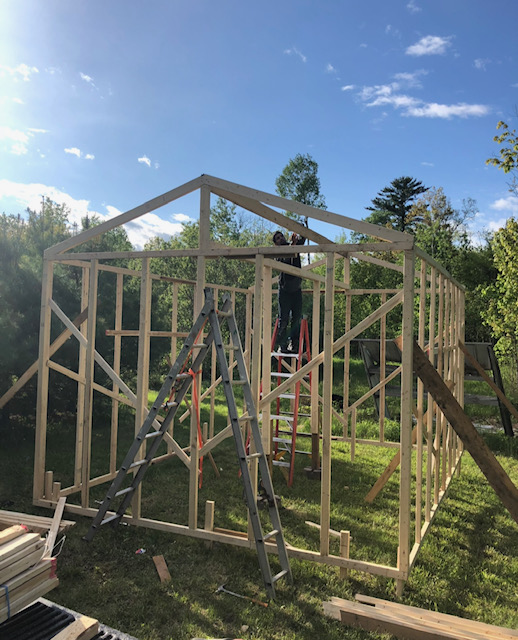
Although Day had not used cannabis for decades, he had a long career in politics and worked on the political side of the plant. Now that those days are over, Day wanted to connect with cannabis in a different way.
“I knew it would be better if I grow the plant, understand it, and relate to cannabis myself,” Day said during a video call.
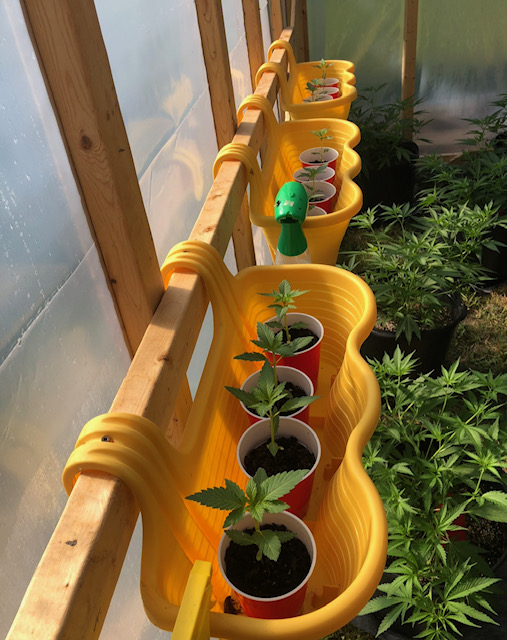
“Cannabis has so many different dimensions, dynamics, colors, tastes, everything. I learned something different every day. During a global crisis? That gave me the opportunity to broaden my perspective on a lot of different things. “
The first thing he learned? That his son knows a lot more about cannabis than he does.
They did everything themselves, built the greenhouse, germinated the seeds, carefully cultivated the plants. As the plants grew out of the original structure, they added panels and improved air circulation to give them the space they needed.
“What you put in, you get out,” explains Day.
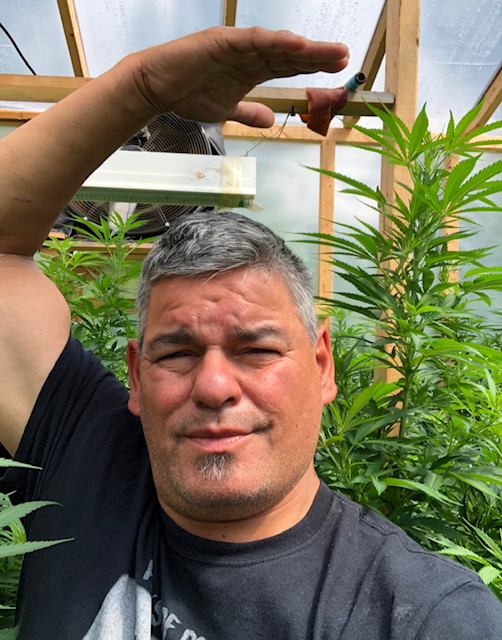
“They were unreal, 11-foot plants. It is due to the time and care we have taken to use the right kind of organic nutrients to make sure they are watered every day. Then there were times when we had to fix bugs; There is a small beetle, a bite mark on a leaf, we also had to find out how to keep the pests away. “
It was exciting for Day to watch his son in his element. Keegan was in authority and he enjoyed the role reversal by letting his son take the reins. “I watched him, he watched me, and we both grew together, right next to our plants,” he says.
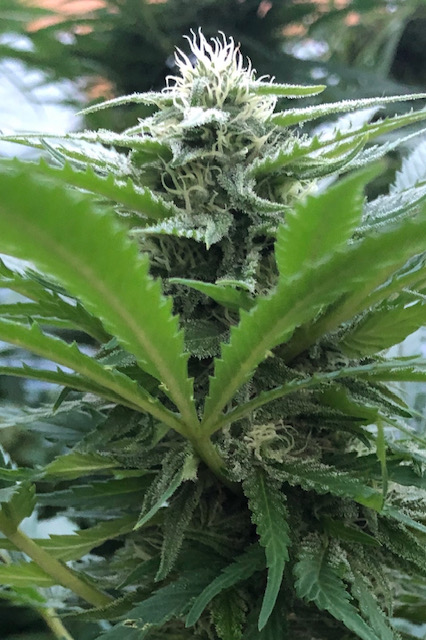
In this greenhouse that they built together, Day had one of the most profound experiences of nature in his life. Sitting in front of his plants, Day describes how he experiences an enveloping feeling of pure bliss.
“It was like I could feel the life force in this greenhouse. Cannabis was everywhere, I could feel the energy in it. I felt really good about what I was doing, I had a deep feeling that I was on the right track, ”says Day.
Strengthen family ties, heal generational trauma
Growing cannabis has helped Day overcome his own reluctance and stigma about consumption. He came from an abstinent mindset that caused tension with his sons at the time.
“When my teenage sons did what teenagers do and experimented, I thought, ‘No, that’s the opposite of what you should be doing,’ which was counterproductive,” says Day. “Maybe it would have been better if my sons smoke instead of drinking alcohol, which I will always say is now the best way. But I didn’t see that back then. “
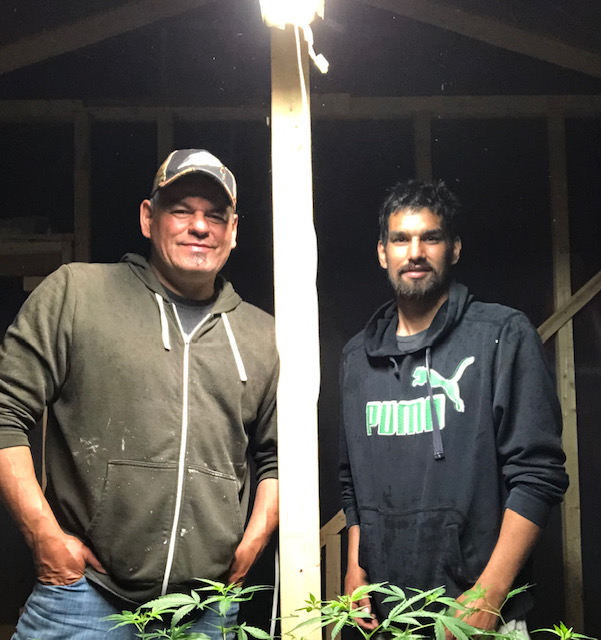
Growing cannabis helped Day de-stigmatize it at the most intimate level of his life – in his family. The greenhouse project with his son helped him understand cannabis on another level, it also deepened his connection with his family. Now he is fully engaging his children in the many aspects of his business.
“Cannabis, when used correctly, has a lot of really good effects on me. It helped me open up the relationships in my family a little more, ”says Day. “I saw the world very openly through the lens of cannabis. And since these barriers to perception were removed, I saw the plant in a whole new way. Cannabis became a legitimate discussion. “
The couple haven’t done a greenhouse last season, but Keegan remains a pillar of knowledge for Day in all things cannabis-related. He shares that Keegan makes sure that Day is always stocked with “the good stuff” and that he knows which dosages and formulations work best. When he spoke of Keegan’s work ethic and knowledge base, the pride of a loving father was evident on his face.
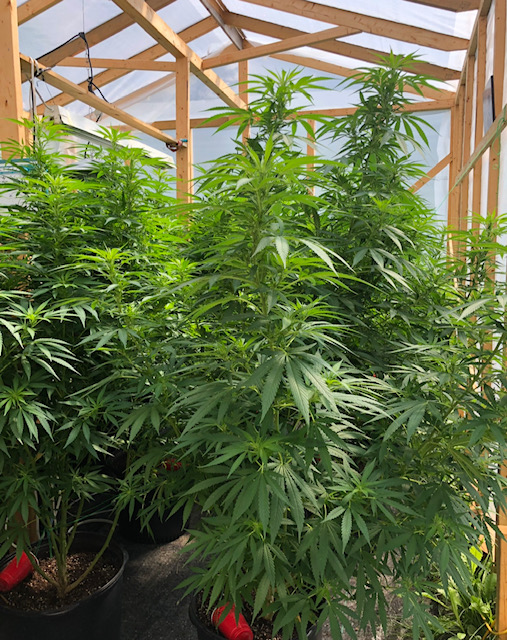
“Cannabis brought our family together in many ways and even helped strengthen our relationships,” says Day. “But in such a demanding market it also helps to work with my children. Family businesses work together, are successful together and we thrive together. “
Indigenous sovereignty in the cannabis industry
In his community, cannabis was accepted as a harm reduction tool for those grappling with the intergenerational effects of colonialism. For Day, the cannabis industry is a path to economic reconciliation and indigenous sovereignty.
“There is a fundamental element of multigenerational trauma from the boarding school era, [affecting] Communities, families and people on an individual level. People have turned away from alcohol and would switch to cannabis because cannabis has a very different effect than alcohol. “
What’s Good About Canadian Cannabis?
Day shares that cannabis sovereignty for tribal peoples can be an important part of the Land Back movement. “It’s all part of returning to the country. To be able to work with, germinate and cultivate this seed, all in a way that will bring balance and well-being back to indigenous communities across Canada. ”
“Let’s talk about Land Back. You hear a lot about how our people have been influenced by colonial systems and the Indian Act. Apartheid of Canada, economic deprivation, lack of control over land, expropriation of land. Now let’s take a look at Land Back. “
Day and his family help de-stigmatize cannabis. Not the stigma surrounding its use, which Day says is already fairly accepted, but the stigma surrounding whether it is legal or illegal to sell unregulated cannabis on their land.
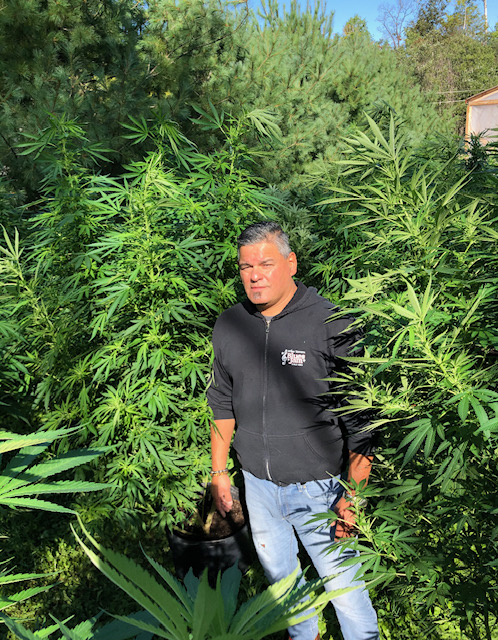
“There still needs to be this level of regulatory structure to protect communities and reduce liability and risk. That’s the stigma, if you will, regarding the legal interpretation of it – whose laws apply. “
The greenhouse may have been a one-off, but the seeds sown were bigger than a single harvest. Now he’s a man on a mission to help indigenous brands find their place in the cannabis industry.
“We have to de-stigmatize people” [legislative] Processes that enable us to take formal responsibility for cannabis in our communities. Let’s put together the right community-based laws, policies, and regulations so our people can thrive. “
“Let’s widen the path so that there is room for indigenous business in the mainstream. And I think we’ll get there. “
Ashley Keenan
Ashley Keenan is Leafly’s Canada Editor and a freelance journalist, consultant, and patient advocate in the cannabis industry. Follow her on Twitter and Instagram @askcannaqueen for hot insights into cannabis and chronic diseases.
View article by Ashley Keenan
By submitting this form, you subscribe to Leafly news and promotional emails and agree to Leafly’s Terms of Use and Privacy Policy. You can unsubscribe from Leafly email messages at any time.

Post a comment: